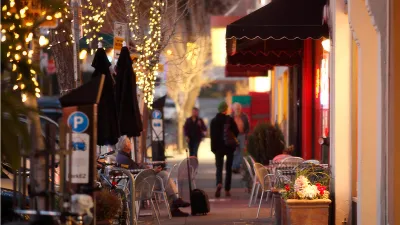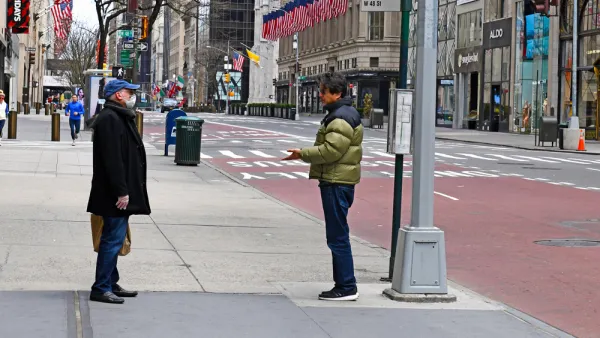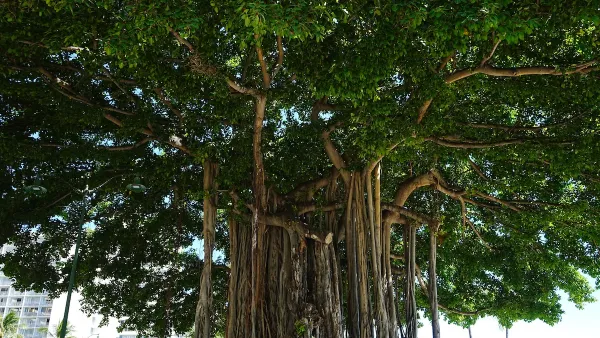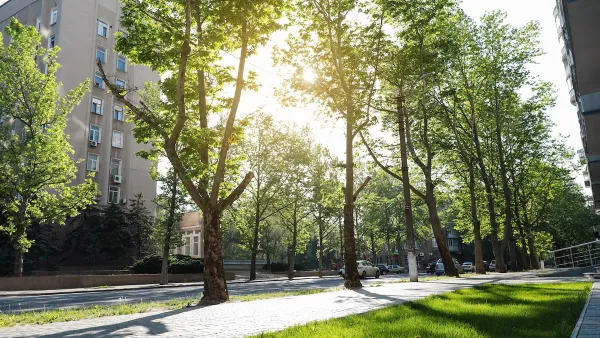Alexander Garvin argues that it’s time for the end of the mega-project in an excerpt from "The Heart of the City: Creating Vibrant Downtowns for a New Century."

A new stadium, or some other mega-project isn't going to save downtown, Alexander Garvin argues in an excerpt from his new book, The Heart of the City: Creating Vibrant Downtowns for a New Century. "Rather than engaging in cataclysmic redevelopment, building huge, extraordinarily expensive public facilities, or giving gifts (aka subsidies) to privately owned businesses, we should be devising actions that help the people and institutions who are changing," Garvin writes. To help these people, Garvin suggests expanding the public realm and working to create a sustainable environment.
Garvin uses the example of New York and Denver as places that have made more public space for people in the city’s center. "New York City has been particularly effective in doing this without acquiring additional property by reconfiguring territory used by pedestrians, moving vehicles, and parking," Garvin contends. Creating safe attractive spaces for people to be in the city's center can shift transit modes, and encourage walking and recreation.
Downtowns also need to think about their local environments. Garvin talks about sustainability not just in a global sense but also in terms of improving the desirability and vibrancy of the city’s center. "Trees are the most effective and underestimated downtown occupants that improve air quality while reducing noise, absorbing runoff, and stabilizing ambient temperature," Garvin writes. Beyond trees, Garvin argues cities should look to create more park land by acquiring extra land when undertaking projects and converting the land into public parks.
FULL STORY: Lessons for Any Downtown

Analysis: Cybertruck Fatality Rate Far Exceeds That of Ford Pinto
The Tesla Cybertruck was recalled seven times last year.

National Parks Layoffs Will Cause Communities to Lose Billions
Thousands of essential park workers were laid off this week, just before the busy spring break season.

Retro-silient?: America’s First “Eco-burb,” The Woodlands Turns 50
A master-planned community north of Houston offers lessons on green infrastructure and resilient design, but falls short of its founder’s lofty affordability and walkability goals.

Test News Post 1
This is a summary

Analysis: Cybertruck Fatality Rate Far Exceeds That of Ford Pinto
The Tesla Cybertruck was recalled seven times last year.

Test News Headline 46
Test for the image on the front page.
Urban Design for Planners 1: Software Tools
This six-course series explores essential urban design concepts using open source software and equips planners with the tools they need to participate fully in the urban design process.
Planning for Universal Design
Learn the tools for implementing Universal Design in planning regulations.
EMC Planning Group, Inc.
Planetizen
Planetizen
Mpact (formerly Rail~Volution)
Great Falls Development Authority, Inc.
HUDs Office of Policy Development and Research
NYU Wagner Graduate School of Public Service




























